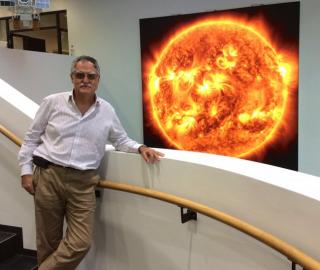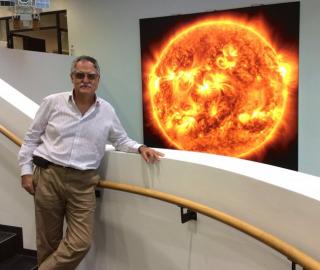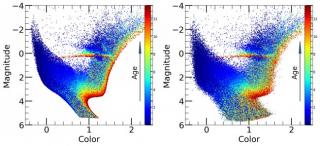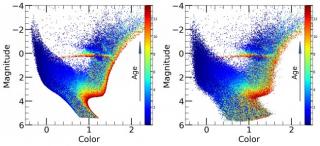
This Agreement sets out the commitments that will be assumed by both parties in the event that it is built at the Observatorio del Roque de los Muchachos.
Advertised on
This section includes scientific and technological news from the IAC and its Observatories, as well as press releases on scientific and technological results, astronomical events, educational projects, outreach activities and institutional events.





